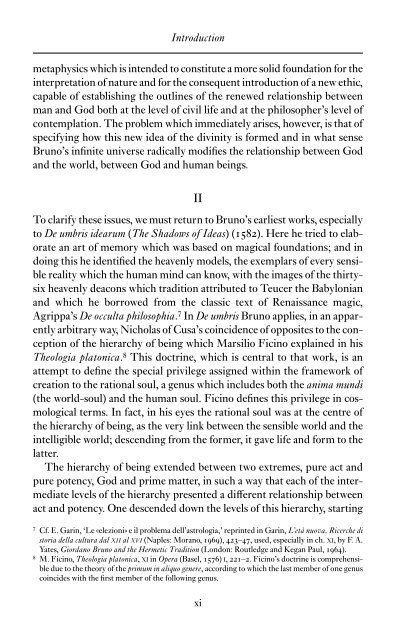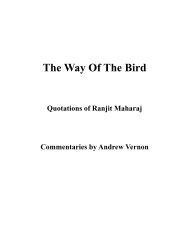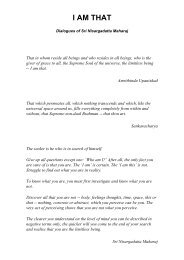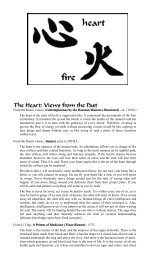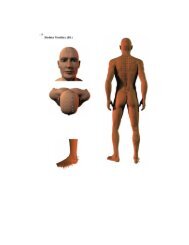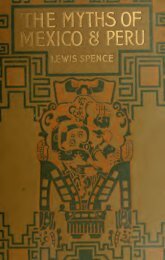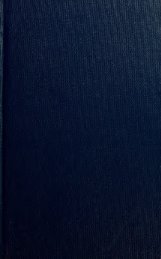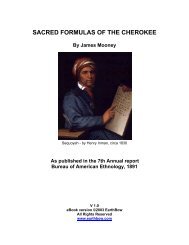You also want an ePaper? Increase the reach of your titles
YUMPU automatically turns print PDFs into web optimized ePapers that Google loves.
Introduction<br />
metaphysics which is intended to constitute a more solid foundation for the<br />
interpretation of nature and for the consequent introduction of a new ethic,<br />
capable of establishing the outlines of the renewed relationship between<br />
man and God both at the level of civil life and at the philosopher’s level of<br />
contemplation. The problem which immediately arises, however, is that of<br />
specifying how this new idea of the divinity is formed and in what sense<br />
Bruno’s infinite universe radically modifies the relationship between God<br />
and the world, between God and human beings.<br />
II<br />
To clarify these issues, we must return to Bruno’s earliest works, especially<br />
to De umbris idearum (The Shadows of Ideas) (1582). Here he tried to elaborate<br />
an art of memory which was based on magical foundations; and in<br />
doing this he identified the heavenly models, the exemplars of every sensible<br />
reality which the human mind can know, with the images of the thirtysix<br />
heavenly deacons which tradition attributed to Teucer the Babylonian<br />
and which he borrowed from the classic text of Renaissance magic,<br />
Agrippa’s De occulta philosophia. 7 In De umbris Bruno applies, in an apparently<br />
arbitrary way, Nicholas of Cusa’s coincidence of opposites to the conception<br />
of the hierarchy of being which Marsilio Ficino explained in his<br />
Theologia platonica. 8 This doctrine, which is central to that work, is an<br />
attempt to define the special privilege assigned within the framework of<br />
creation to the rational soul, a genus which includes both the anima mundi<br />
(the world-soul) and the human soul. Ficino defines this privilege in cosmological<br />
terms. In fact, in his eyes the rational soul was at the centre of<br />
the hierarchy of being, as the very link between the sensible world and the<br />
intelligible world; descending from the former, it gave life and form to the<br />
latter.<br />
The hierarchy of being extended between two extremes, pure act and<br />
pure potency, God and prime matter, in such a way that each of the intermediate<br />
levels of the hierarchy presented a different relationship between<br />
act and potency. One descended down the levels of this hierarchy, starting<br />
7 Cf. E. Garin, ‘Le «elezioni» e il problema dell’astrologia,’ reprinted in Garin, L’età nuova. Ricerche di<br />
storia della cultura dal XII al XVI (Naples: Morano, 1969), 423–47, used, especially in ch. XI, by F. A.<br />
Yates, Giordano Bruno and the Hermetic Tradition (London: Routledge and Kegan Paul, 1964).<br />
8 M. Ficino, Theologia platonica, XI in Opera (Basel, 1576) I, 221–2. Ficino’s doctrine is comprehensible<br />
due to the theory of the primum in aliquo genere, according to which the last member of one genus<br />
coincides with the first member of the following genus.<br />
xi


